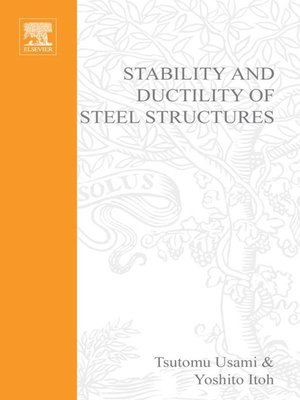
Sign up to save your library
With an OverDrive account, you can save your favorite libraries for at-a-glance information about availability. Find out more about OverDrive accounts.
Find this title in Libby, the library reading app by OverDrive.



Search for a digital library with this title
Title found at these libraries:
| Library Name | Distance |
|---|---|
| Loading... |
The near-field earthquake which struck the Hanshin-Awaji area of Japan before dawn on January 17, 1995, in addition to snatching away the lives of more than 6,000 people, inflicted horrendous damage on the region's infrastructure, including the transportation, communication and lifeline supply network and, of course, on buildings, too. A year earlier, the San Fernando Valley area of California had been hit by another near-field quake, the Northridge Earthquake, which dealt a similarly destructive blow to local infrastructures. Following these two disasters, structural engineers and researchers around the world have been working vigorously to develop methods of design for the kind of structure that is capable of withstanding not only the far-field tectonic earthquakes planned for hitherto, but also the full impact of near-field earthquake.Of the observed types of earthquake damage to steel structures, there are some whose causes are well understood, but many others continue to present us with unresolved problems. To overcome these, it is now urgently necessary for specialists to come together and exchange information.The contents of this volume are selected from the Nagoya Colloquium proceedings will become an important part of the world literature on structural stability and ductility, and will prove a driving force in the development of future stability and ductility related research and design.







